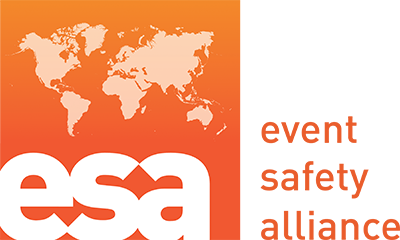In Memory of the Indiana State Fair Stage Roof Collapse
On the evening of August 13, 2011, a storm was forecast over the Indiana State Fairgrounds in Indianapolis. Through a series of errors of omission and commission, a wind gust caused the Hoosier Lottery Grandstand stage roof to twist and collapse just before Sugarland was scheduled to perform. Spectators remained in harm’s way, including some of the band’s biggest supporters standing near the stage. Six fans and a stagehand were killed, and more than 50 other people were hurt.
Factors that contributed to the loss of life included structural engineering of the stage roof that made it susceptible to a wind gust that was within the manufacturer’s tolerance, a weather forecast that was accurate but not fully understood by the decision-makers, and the absence of a crowd management plan that could have moved people to safety. These problems compounded the sort of miscommunication that routinely occurs when people with competing interests and backgrounds try to navigate rapidly changing conditions.
That summer of 2011, Indiana was the third weather-related outdoor stage roof collapse in the U.S. and Canada in the preceding four weeks. It was evident that something needed to change. A short time later, the Event Safety Alliance was conceived.
Since then, the event industry’s weather-related safety record has improved significantly. It is common now for pre-show outdoor event briefings to include a discussion of the forecast and the contents of the venue’s severe weather trigger chart. Structural engineers are more typically asked to consider how a temporary stage roof will withstand local weather conditions and to reflect that analysis in their stamped plans. Smart event operators now understand the predictive limitations of weather apps, so they retain the services of professional meteorologists who provide accurate, GPS-located forecasts to help them decide whether to proceed, delay and shelter, or cancel and evacuate.
There are still weather-related incidents, but the signs of progress are encouraging. More engineers and meteorologists are learning to speak the language of events, and more event professionals are learning to seek their guidance when making important life safety decisions. The Event Safety Alliance believes these improvements in industry practices help honor the memory of the seven people who lost their lives ten years ago today. As we navigate a plethora of new challenges, we owe it to them to never lose sight of the mission they inspired and to continue putting life safety above all other concerns.
-Event Safety Alliance

